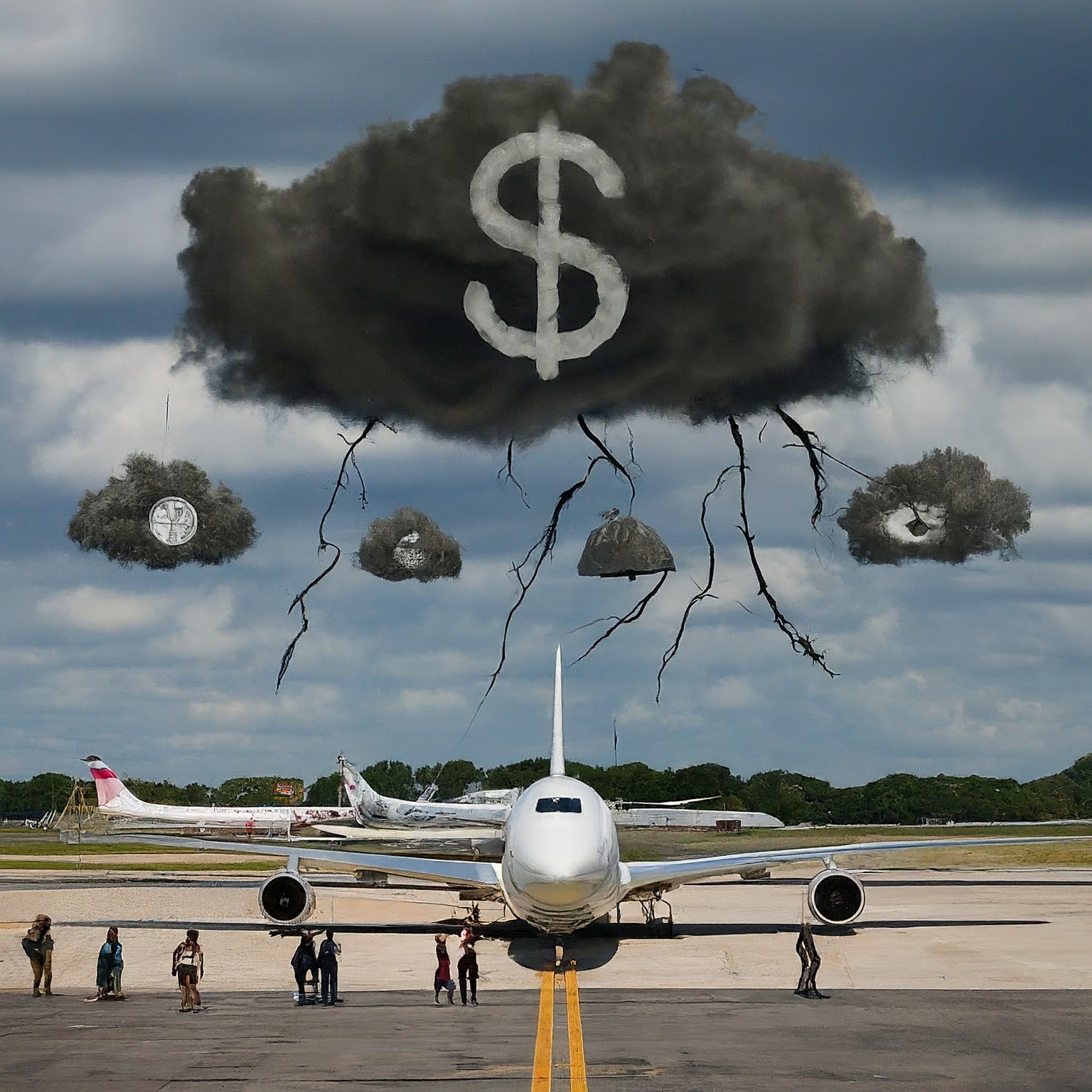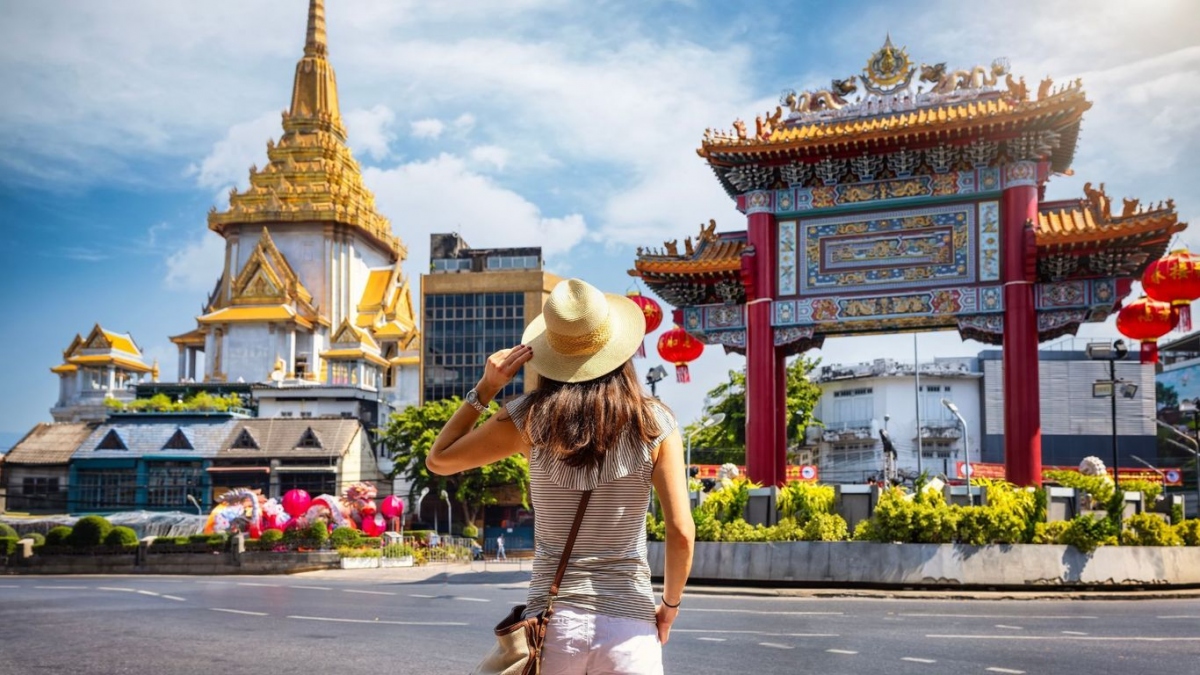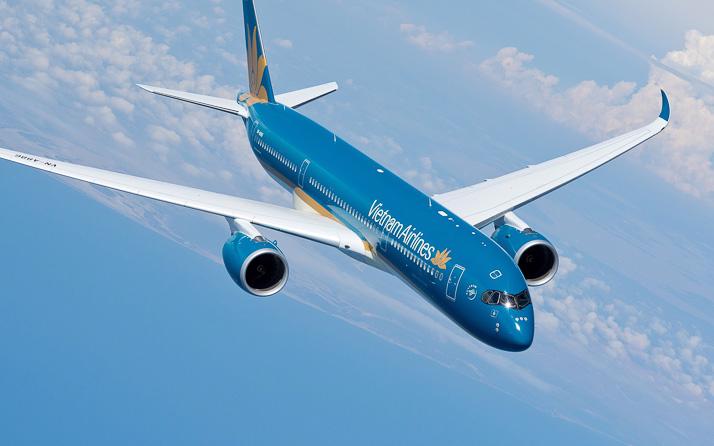The Civil Aviation Authority of Vietnam (CAAV) has just reported to the Ministry of Transport that despite recent hikes, the average economy-class ticket prices of Vietnamese carriers comfortably fall within the prescribed price brackets.
On the bustling Hanoi-Ho Chi Minh City route, the average fare ranges from VND 1.74 million (USD 69) on Vietjet Air to VND 2.64 million (USD 104) on Vietnam Airlines, well below the regulatory ceiling of VND 3.4 million (USD 134), excluding taxes and fees.
A Perfect Storm Brewing
Yet, beneath this veneer of compliance lies a perfect storm of factors propelling airfares to dizzying heights, squeezing consumers and potentially grounding Vietnam's tourism aspirations.
At the heart of the crisis is a severe shortage of operational aircraft. As of early May, Vietnam's airlines collectively had just 165 to 170 planes in service, a staggering 40 to 50 fewer than the 2023 average.
This capacity crunch stems primarily from the global recall of Pratt & Whitney engines used by several Vietnamese carriers, forcing dozens of planes to be grounded for extensive repairs and inspections.

Compounding the capacity woes are escalating operational costs. Jet-A1 fuel prices in Asia have skyrocketed to USD 100.25 per barrel as of late April, a 56.55% increase compared to December 2014 levels and a 74.27% spike from September 2015 when the current airfare regulations were instituted.
This surge alone has driven up airlines' total costs by a whopping 37.66% compared to late 2014.
Moreover, with approximately 75% of airline costs denominated in foreign currencies, primarily US dollars, the Vietnamese dong's 5.6% depreciation against the greenback since 2019 has added another 6% to their expenses.
Volatile exchange rates and rising aircraft rental and maintenance costs have only exacerbated the financial strain.
This toxic cocktail of reduced capacity and escalating costs has converged with a surge in travel demand, particularly during peak seasons like the recent April 30 and May 1 holidays.
With fewer planes in the skies and robust appetite for air travel, airlines have exploited the supply-demand imbalance to raise fares with impunity, sparking public outrage.
Record Profits Amid Consumer Pain
Ironically, these challenges have not prevented Vietnam's airlines from achieving enviable profitability in the first quarter of 2024.
According to CAAV, the national carrier Vietnam Airlines reported a record consolidated revenue of VND 31,700 billion (USD 1.25 billion) in the first four months of 2024, a 32.8% year-over-year surge, marking its largest quarterly profit since the COVID-19 pandemic struck.
This windfall was driven largely by a 30.4% increase in international air transport revenue to VND 13,800 billion (USD 545 million), accounting for 65% of the airline's total transport income.
Vietjet Air, the low-cost carrier, also saw its transportation revenue soar 38% to VND 17,765 billion (USD 702 million), with profits after tax more than tripling to VND 520 billion (USD 20.6 million) compared to the same period in 2023.
While Vietnam Airlines is the national flag carrier of Vietnam, Vietjet Air is the top private airline company in the Southeast Asian nation.
Grounding Tourism Ambitions
The ramifications of these eye-watering airfares have reverberated across Vietnam's tourism landscape, potentially undermining the nation's efforts to boost domestic travel.
During the recent April 30 and May 1 holiday period, traditionally a bustling time for domestic tourism, both Hanoi's Noi Bai and Ho Chi Minh City's Tan Son Nhat airports witnessed an 18% year-over-year decline in passenger traffic.
For many Vietnamese families, the cost of air travel has become prohibitively expensive, grounding their vacation plans.
A round-trip ticket from Hanoi to the coastal city of Da Nang, a popular holiday destination, can cost upwards of VND 4 million (USD 158) per person on budget airlines like Bamboo Airways.
With the average monthly salary in the capital hovering around VND 13 million (USD 514), such airfares represent a substantial financial burden, equivalent to nearly one-third of a household's income.
Cost-conscious Travelers Seek Overseas Bargains
Faced with these exorbitant domestic fares, some resourceful travelers have turned their sights abroad, lured by the paradoxical affordability of international flights from Vietnam.
A roundtrip ticket from Ho Chi Minh City to Frankfurt, Germany, on the Turkmenistan-based airline can cost as little as VND 14.5 million (USD 573), undercutting domestic fares on the same route by Vietnam Airlines.
Similarly, flights from Vietnam to Thailand can be had for as little as VND 3.1 million (USD 123) roundtrip, a bargain compared to domestic airfares during peak seasons.

This stark disparity has not gone unnoticed by Vietnam's travel industry. Mr. Nguyen Ngoc An, deputy general director of Vietluxtour Joint Stock Company, notes that airfare accounts for a staggering 50-60% of package tour prices in Vietnam.
"When domestic ticket prices increase, especially during the peak tourist season, package tour prices will increase. This can make domestic tourism products less attractive," he laments.
Authorities Sound the Alarm
As Vietnamese travelers increasingly divert their spending to overseas destinations, the nation's tourism authorities are sounding the alarm.
Minister of Transport Nguyen Van Thang has called for urgent inspections and greater transparency in airline pricing practices, citing the detrimental impact of high fares on travel demand, particularly during peak periods.
"In business activities, one cannot always increase ticket prices to achieve high revenue, but must find ways to achieve optimal revenue, based on market supply and demand," cautions National Assembly Delegate Nguyen Quang Huan from Binh Duong Province. "Prices decrease but demand increases, which leads to higher revenue," he added.
Lessons from Thailand's Proactive Approach
Thailand's proactive approach to stimulating domestic tourism during its recent Songkran water festival serves as a stark contrast to Vietnam's laissez-faire stance.
By capping airfares on major routes at a maximum of 3,000 baht (VND 1.9 million or USD 75) per trip and displaying comparative pricing at airports, Thai authorities have made it easier and more affordable for locals to explore their homeland.
This strategic intervention not only boosted domestic travel but also generated significant tourism revenue during the festive period.
Vietnam's aviation industry would be well-advised to take note of such consumer-friendly policies. As the country strives to attract international visitors while nurturing domestic tourism, a delicate balance must be struck between profitability and affordability.
Sustainable pricing models that align with market realities and consumer expectations could pave the way for a more vibrant and inclusive travel ecosystem, one that enables all Vietnamese to embrace their wanderlust without breaking the bank.
A Turbulent Flight Path Ahead
In the coming months, as the summer heat dissipates and the peak travel season wanes, all eyes will be on Vietnam's airlines and policymakers.
Will they seize this opportunity to recalibrate their strategies, fostering a more equitable and consumer-friendly aviation landscape? Or will the conflicting forces of profit and passenger pain persist, grounding the nation's tourism ambitions for seasons to come?
The turbulence is palpable, but the destination – a thriving, accessible travel industry that catalyzes economic growth and cultural exchange – is well worth the journey.
By addressing the underlying issues of capacity constraints, cost pressures, and pricing transparency, Vietnam could unlock a future where domestic tourism takes flight, propelling the nation's sustainable development and enriching the lives of its citizens.
As the world emerges from the COVID-19 pandemic's turbulence, the choices made by Vietnam's aviation stakeholders will echo far beyond the nation's borders.
A failure to chart a course towards affordability and accessibility could dampen the country's allure as a tourist destination, while a successful recalibration could elevate Vietnam as a model for inclusive and sustainable air travel.
The flight path ahead is rife with challenges, but the potential rewards are vast – a soaring travel industry that uplifts communities, connects cultures, and fuels economic growth. It is a journey worth taking, one that could reshape Vietnam's aviation landscape for generations to come.









 Google translate
Google translate